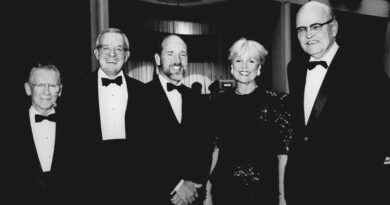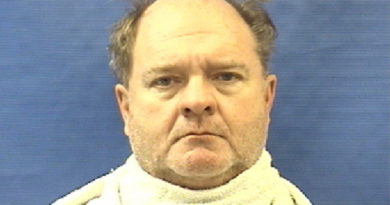Monument Debate Comes to Dallas

Hours after a federal judge ruled against a temporary restraining order to block removal of a Confederate monument from Lee Park, a descendant of the Confederacy had this to say:
“Rather disappointing, being on the losing side,” said Hiram Patterson, a self-described historian who works as an environmental health and safety manager at the Texas A&M College of Dentistry in Dallas.
Patterson had only lent his name to the restraining order filed Sept. 6, the afternoon of Dallas city council’s 13-1 vote to remove the Gen. Robert E. Lee statue, because the chapter needed a Dallas resident to sign it, he said.
The statue was removed Sept. 14.
It has only been in the past couple of years that Patterson got involved with the Texas Division of the Sons of Confederate Veterans. He was admitted after paying for a genealogy service and submitting an ancestor’s application for a Confederate pension check.
Since meeting with the attorney about the temporary restraining order, Patterson said he now sees this as the beginning of a grassroots movement, connected with a broader national struggle to prevent monument removal.
District 13 councilmember Jennifer S. Gates, who represents the Preston Hollow area, supported removal of the Lee statue, citing its installation in 1936 during the Jim Crow era.
The statue “symbolizes discriminatory practices and racism in Dallas’ past, and is currently being used as a symbol for white supremacy and Neo-Nazi groups,” she said.
[pullquote-left]“This country was founded on noble ideals: life, liberty, equal opportunity — but at the same time as land theft from indigenous people.”[/pullquote-left]
“I can’t see how a monument of a soldier riding a horse is propaganda,” Patterson said.
Six miles north of the college where Patterson works, Carrie Stewart serves as a lay-leader at First Unitarian Church of Dallas, on the southern cusp of University Park.
“These folks are confused,” Stewart claimed. “This country was founded on noble ideals: life, liberty, equal opportunity — but at the same time as land theft from indigenous people.” She said this provided fertile ground for a white supremacist culture that became taboo to openly discuss since the 1960s.
“This paradox has never been recognized,” Stewart said.
Stewart is also a main organizer for the Dallas chapter of Showing Up for Racial Justice, a national organization which Stewart said works to “gather white folks for anti-racism.”
SURJ became officially endorsed by First Unitarian more than a year ago and has since organized its members to go to rallies supporting Confederate monuments’ removal and to attend lectures on Dallas history at the church.
“If you’re not aware of the history, and people come up asking for their rights, it feels to folks like you’re taking rights away from them,” she said.
On Aug. 20, SURJ invited its first guest, professor Michael Phillips, author of White Metropolis: Race, Ethnicity, and Religion in Dallas, 1841-2001 and professor at the Center of Working Class Studies at Collin College.
“One would scarcely know that the Confederacy comprised just four years of the city’s history, that there was considerable opposition to secession in East Texas, and that no decisive Civil War battles unfolded in Texas,” Phillips wrote last year in a piece titled “The Elite Roots of Richard Spencer’s Racism.”






